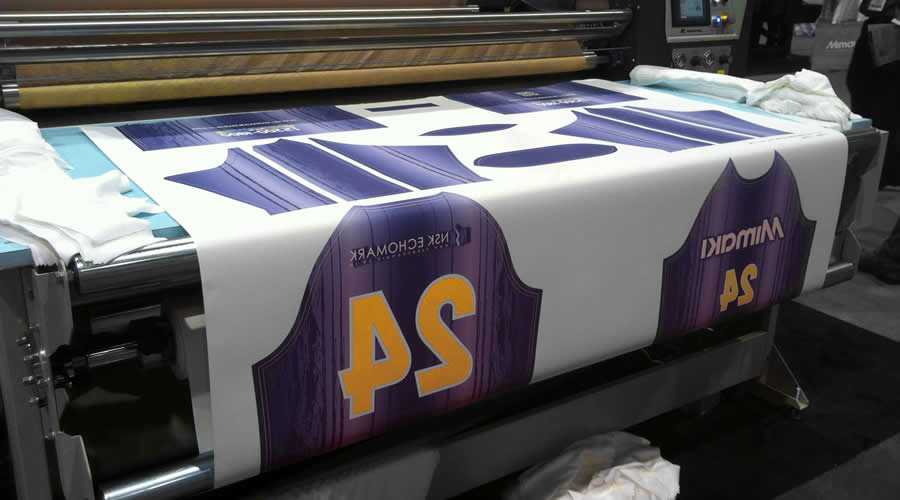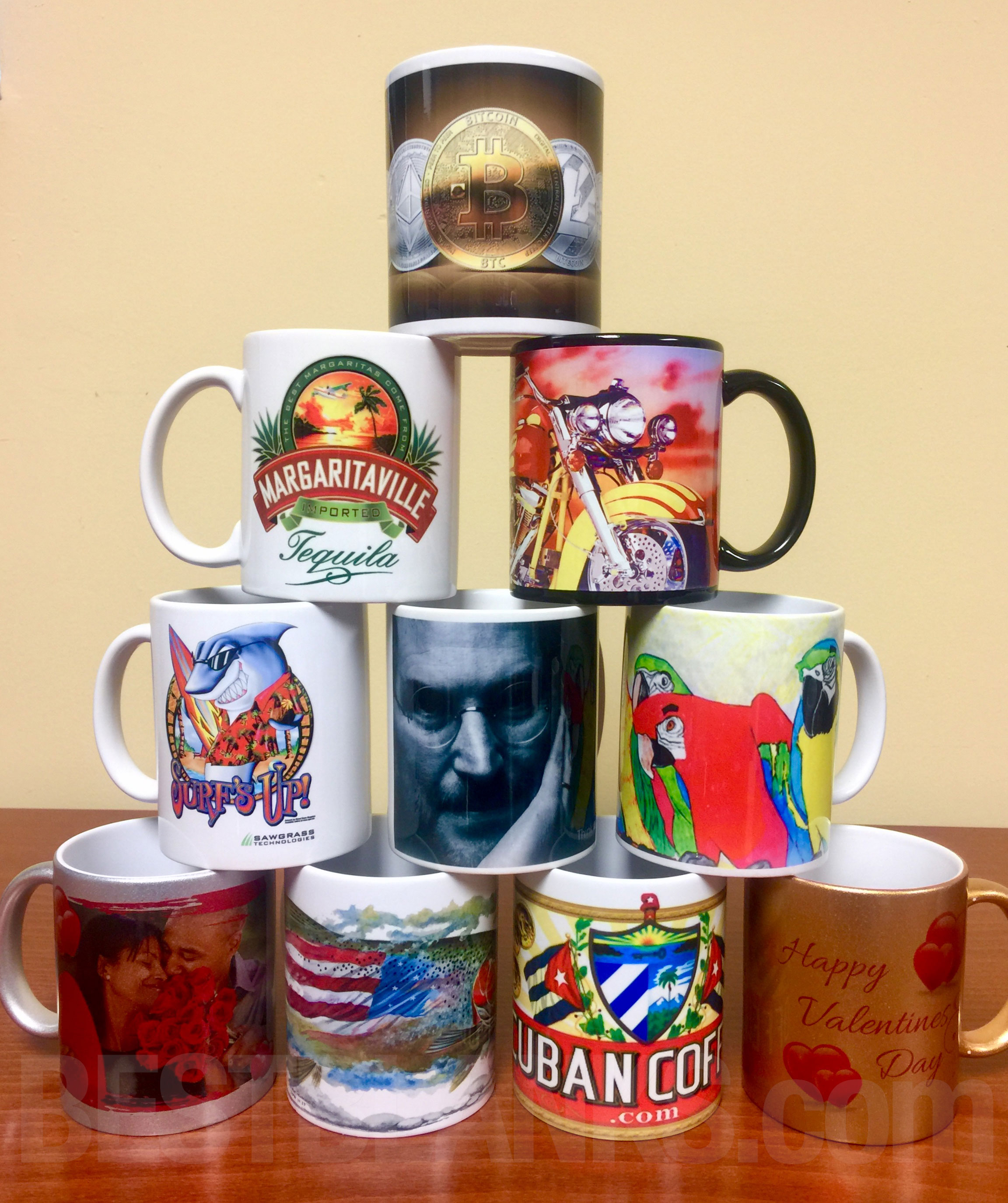A Comprehensive Guide to the Various Sorts Of Fabric Printing Methods
Each approach, from the meticulous craftsmanship of block printing to the fast efficiency of display printing, serves one-of-a-kind objectives and uses distinct benefits. Digital printing's adaptability and environmental awareness stand in stark comparison to the swift personalization of heat transfer printing.
Block Printing
Block Printing, one of the earliest approaches of textile decoration, has an abundant background that dates back to old people. The process involves carving elaborate designs right into wooden blocks, which are after that dipped in color and pushed onto material to develop patterns.
The precision and workmanship associated with block printing make it a labor-intensive process, but it additionally enables a high degree of customization. Craftsmens can create distinct patterns by incorporating different blocks or differing the application of dye. This adaptability has contributed to the enduring popularity of block printing in both modern and typical fabric layout.
Block printing is particularly valued for its aesthetic high qualities, including the slight variants in pattern and shade that result from the hand-printing process. These imperfections lend an one-of-a-kind character per item, differentiating it from mass-produced textiles. Regardless of advances in modern-day printing innovations, block printing remains a valued technique, celebrated for its historic significance and creative worth.
Screen Printing
Display printing, an additional prominent fabric decoration method, has actually transformed the sector with its effectiveness and versatility. This approach includes creating a pattern, referred to as a display, and using it to apply layers of ink on the printing surface. Each color in the style needs a separate display, which enables for intricate and lively multi-colored prints.

One of the vital benefits of display printing is its adaptability to different kinds of textiles, consisting of cotton, polyester, and blends. This method is particularly suitable for large-volume orders as a result of its cost-effectiveness and rate. The sturdiness of the prints is another considerable benefit, as the ink bonds well with the fabric, ensuring durable styles that stand up to numerous cleans.
The procedure begins with preparing the displays by coating them with a light-sensitive emulsion. Once dried, the design is transferred onto the emulsion-coated display using a UV light source. The subjected areas harden while the unexposed components are removed, creating a stencil. Ink is then pushed with the stencil onto the fabric making use of a squeegee.
Screen printing is commonly utilized in the garment industry, advertising products, and custom-made garments. Its ability for high-grade, detailed prints secures its condition as a keystone strategy in fabric printing.
Digital Printing
Digital printing has actually promptly become an advanced technique in the textile sector, leveraging sophisticated technology to produce high-resolution styles straight onto fabric. Unlike standard approaches, digital printing utilizes inkjet printers to deposit pigment or dye-based inks onto textiles, enabling detailed and dynamic patterns with a remarkable degree of detail and shade accuracy.
One of the main advantages of digital printing is its flexibility. This approach permits on-demand printing, which considerably lowers waste and decreases supply expenses. Additionally, it supports short runs and customized styles, making it optimal for bespoke jobs and limited-edition collections. The removal of screens and other setup needs additionally improves efficiency, decreasing manufacturing time and labor costs.
In addition, digital printing is ecologically pleasant. heat transfer vinyl printing. It utilizes water-based inks and needs much less water and power compared to traditional techniques, aligning with lasting techniques. The accuracy of digital printing likewise permits making use of a wider variety of textiles, consisting of cotton, silk, polyester, and blends, making sure flexibility across various applications
Warm Transfer Printing
Exactly how does heat transfer printing transform material layout? This method has brought substantial improvements by permitting dynamic and elaborate layouts to be moved onto a selection of textiles with exceptional precision. Heat find out here now transfer printing includes utilizing heat and pressure to move a layout from a specifically created paper onto material. This procedure begins with publishing the wanted picture onto transfer paper using specialized inks. As soon as the photo is printed, the paper is put onto the material and based on a heat press, which transfers the ink from the paper to the fabric.
Among the main advantages of warmth transfer printing is its capacity to generate top notch, thorough pictures promptly and successfully. It is specifically well-suited for small production runs and personalized orders, making it a popular choice for tailored garments and marketing things. Additionally, this method is functional, suiting different kinds of fabrics consisting of cotton, polyester, and blends.
Furthermore, warmth transfer printing is relatively cost-efficient contrasted to various other techniques, as it calls for minimal configuration and reduced initial investment - heat transfer vinyl printing. This affordability, combined with its ability for creating lively, sturdy prints, emphasizes its crucial function in modern textile style

Dye Sublimation Printing
Dye sublimation printing, an advanced textile printing technique, offers unparalleled vibrancy and long life for designs on various synthetic textiles. The printed transfer paper is then put on the material, and both are subjected to high heat and stress utilizing a heat press.
Among the key advantages of color sublimation printing is its capability to produce continuous-tone prints with intricate details and vivid shades. Unlike various other printing methods, the dye enters into the textile as opposed to sitting on top of it, leading to a breathable and soft finish. This method is especially reliable on polyester and other synthetic materials, making it a popular option for sportswear, banners, and home fabrics. In addition, color sublimation is eco-friendly, as it needs no water and generates very little waste, straightening with lasting production methods.
Final Thought
In recap, towel printing techniques each deal distinct advantages customized to various needs and applications. Block printing is prized for its artisanal quality, while screen next printing is useful for high-volume production. Digital printing gives flexibility and ecological advantages, whereas heat transfer printing is optimal for rapid customization. Dye sublimation printing generates brilliant, sturdy layouts on synthetic textiles. The variety and innovation within these methods highlight the dynamic and advancing nature of the cloth printing industry.
Each method, from the meticulous craftsmanship of block printing to the quick efficiency of display printing, serves unique objectives and supplies distinctive benefits. Digital printing's adaptability anonymous and ecological awareness stand in stark contrast to the quick personalization of heat transfer printing. Regardless of breakthroughs in contemporary printing modern technologies, obstruct printing remains a cherished strategy, celebrated for its historic value and creative worth.
Dye sublimation printing, an innovative fabric printing method, supplies unmatched vibrancy and long life for designs on different artificial materials. Digital printing provides flexibility and ecological benefits, whereas warmth transfer printing is optimal for fast customization.